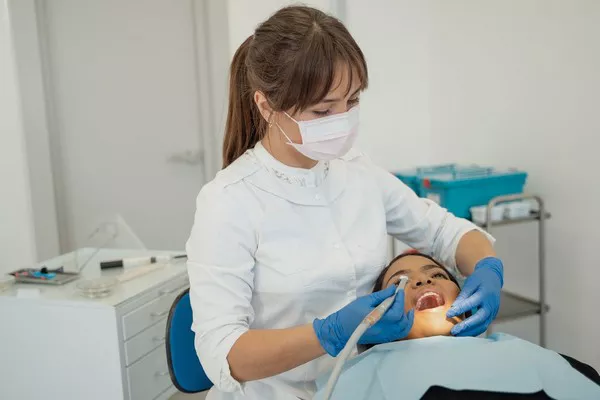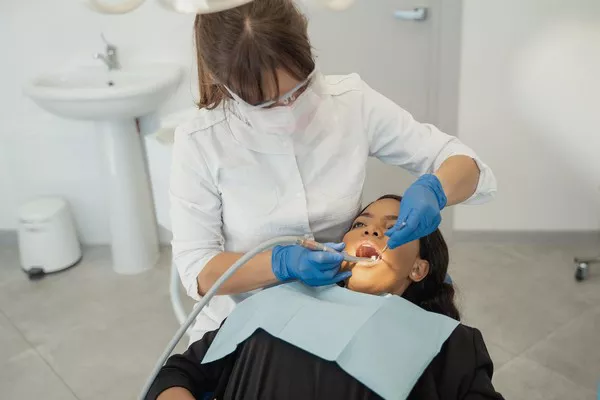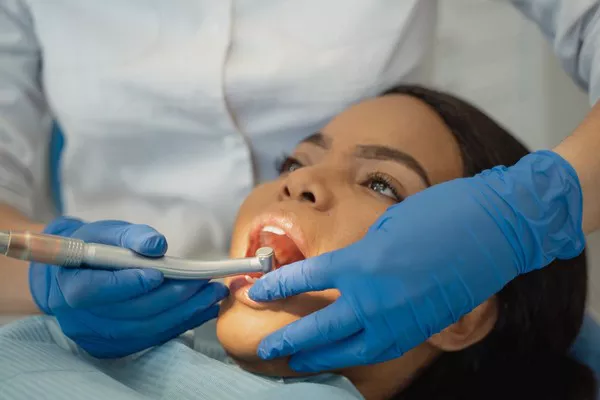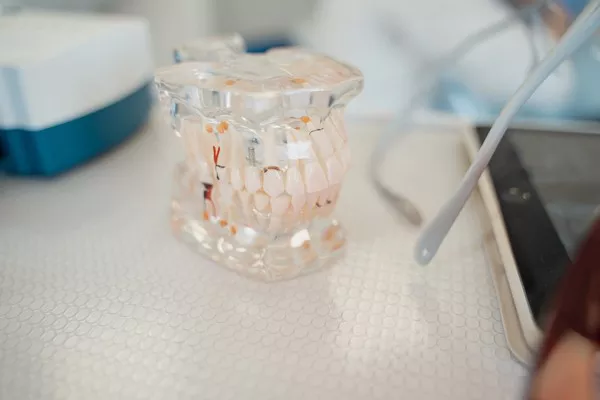After completing orthodontic treatment, such as wearing braces or clear aligners, patients are often prescribed retainers to maintain the achieved results. Many individuals may wonder if they have to wear their retainers indefinitely or if there is a point where they can stop. In this comprehensive guide, we will explore the importance of retainers, their role in orthodontic treatment, factors to consider when wearing retainers, and the long-term benefits of consistent retainer use.
Understanding Retainers and Their Purpose
Retainers are custom-made oral appliances designed to hold teeth in their corrected positions after orthodontic treatment. They help prevent teeth from shifting back to their original misaligned positions while allowing the surrounding tissues to adapt to the newly aligned bite. Retainers come in different types, including removable retainers and fixed retainers bonded to the back of the teeth.
The Role of Retainers in Orthodontic Treatment
Orthodontic treatment involves gradually moving teeth into desired positions. However, the supporting tissues, including bone, gums, and ligaments, need time to adapt to these new positions. Retainers provide stability and allow these tissues to adjust and maintain the corrected alignment.
During the first few months after orthodontic treatment, the risk of teeth shifting back to their previous positions is highest. This is called the “settling” period, during which retainers are typically worn full-time. Over time, as the tissues become more stable, the frequency of retainer wear may decrease, transitioning to nighttime wear only. However, it’s important to note that each patient’s retention plan is determined by their orthodontist based on individual factors and treatment outcomes.
Factors Influencing Retainer Wear Duration
Several factors contribute to the recommended duration of retainer wear:
Treatment Complexity:
The complexity of the initial orthodontic treatment affects the retention phase. More extensive or complicated cases may require longer retainer wear to ensure teeth remain in their corrected positions.
Age and Growth:
Younger patients, such as children and teenagers, may need extended retainer wear due to ongoing growth and changes in dental and facial structures. Their jaws continue to develop, and the use of retainers for a more extended period can help maintain stability.
Individual Biology:
Each person has a unique biological response to orthodontic treatment. Some individuals have a higher risk of teeth shifting than others. Factors such as genetics, oral habits, and skeletal structure can influence the recommended duration of retainer wear.
Compliance and Consistency:
Patient cooperation and consistency in wearing retainers are critical for achieving long-term success. Following the orthodontist’s instructions regarding retainer wear is essential to prevent relapse and maintain the desired results.
Benefits of Long-Term Retainer Use
Continued retainer use beyond the initial retention phase offers several benefits:
Stability of Results:
Teeth have a natural tendency to drift back to their original positions even after completion of orthodontic treatment. Wearing retainers as recommended helps stabilize the teeth, reducing the risk of relapse and preserving the achieved alignment.
Time and Investment Protection:
Orthodontic treatment requires a significant investment of time, effort, and finances. Wearing retainers long-term safeguards this investment by minimizing the need for retreatment or additional orthodontic work to correct relapse.
Oral Health Preservation:
Straight teeth are easier to clean and maintain, reducing the risk of oral health issues such as tooth decay, gum disease, and abnormal wear. By consistently wearing retainers, patients contribute to their long-term oral health.
Facial Aesthetics:
The alignment of teeth plays a crucial role in facial aesthetics. Wearing retainers long-term helps maintain a confident smile and proper occlusion, which positively impacts the overall appearance and self-confidence of an individual.
Personalized Retention Plans
Every patient’s retention plan is unique and determined by their orthodontist based on individual factors. While there are general guidelines for retainer wear, it is essential to follow the specific instructions provided by the orthodontist. These instructions may include:
Initial Wear Schedule:
Initially, patients are often advised to wear their retainers full-time, except when eating, brushing, or engaging in certain activities. This phase allows for the stabilization of teeth in their corrected positions.
Transition to Nighttime Wear:
As stability is achieved over time, the orthodontist may recommend transitioning to nighttime wear only. This typically involves wearing retainers while sleeping to ensure ongoing support and prevent relapse during periods of decreased muscle tone.
Related Topics:





























